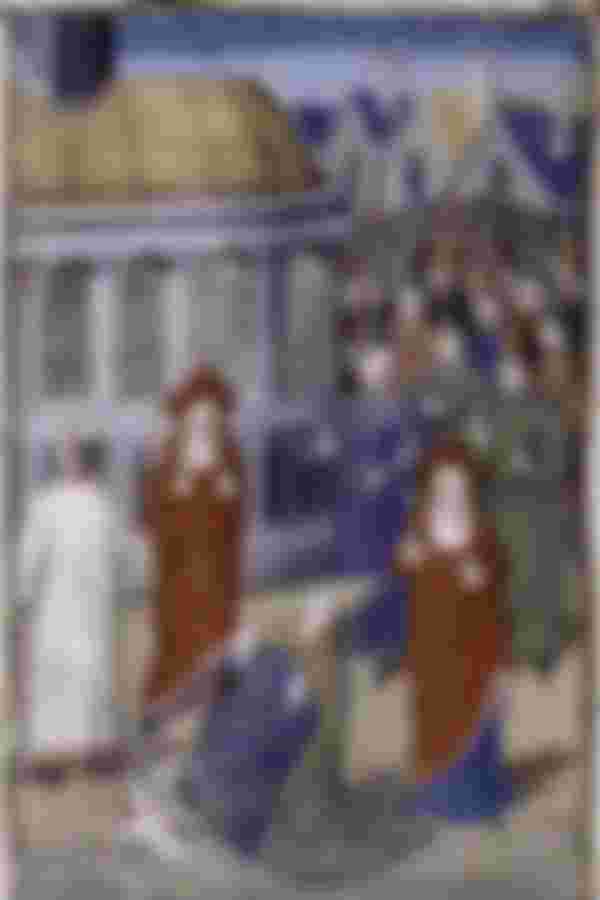In the ninth century, a woman really sat on the papal throne, and the Catholic Church is trying to hide this information at all costs.
LEGEND...
According to a story that is gaining more and more media attention and has already been covered in many books and documentaries, and a film was even made based on it, in the 9th century a woman was actually sitting on the papal throne, and the Catholic Church is trying to hide this information. at any cost.
Namely, the story revolves around a certain Johannes Anglicus, who enjoyed great respect in Rome in the middle of the 9th century because he had an exceptional classical education and he was chosen after the death of the then pope and this man sat on the papal throne as the new heir of St. Peter. under the name of John VII.
The thing would not be at all strange if Johannes did not hide an incredible secret - he was in fact her and was later named Pope John. The peak of bizarreness in the story happened a few years later, when Pope John led the church liturgy from the Vatican to the Lateran.
At one point, a mass of believers surrounded her horse, which had sprung up, which is why labor contractions began, and Jovana, to the astonishment of the mass, gave birth to a male child!
She gave birth right there, on the street, and thus revealed her well-kept secret. Later that day, an angry mob tied the pope to a horse, took him through the streets of Rome so that everyone could see her, and later stoned her to death.
It is believed that she was buried at the place where the birth took place, and that is exactly the location that is visited today by those who believe in her existence and martyrdom.

... OR THE TRUTH?
The story of Pope John was first written in the 12th century, and then it was a fact that everyone believed. However, many still wonder why every newly elected pope, before receiving the keys of St. Peter, passes the "sella stercoraria" (emergency chair) test.
Namely, one of the deacons determines, by inspecting the genitals, the sex of the pope. If he answers "Mas nobis nominus est" (the nominee is a man), white smoke can indicate the election of a new pope.
This test, many believe, was introduced after the woman reached the papal throne.
Today, the greatest connoisseurs of papal history deny the possibility of its existence and attribute the whole thing to folklore and folk legends, which very often do not correspond to the truth at all. However, there is a certain doubt, because the admirers of her character ask questions that deny this attitude and are convinced that the Vatican is trying in every way to erase everything about her.
if, they wonder why everyone, even a few centuries after the death of Pope John, firmly believed in its existence, and is that the reason why Pope John XX changed his name to John XXI?
Also, they ask why her figure is found in numerous church books, and the statue even in some churches? The dilemma is especially caused by the existence of a chapel in Jovana Strada Street, where someone regularly leaves flowers, as well as the fact that the oldest Roman street icon of the Mother of God with Christ is located at the crossroads not far from the place where the papacy was allegedly buried.
Finally, they also ask for the reason for the strange decision that the popes should never lead the liturgy in the way that Jovana went?
There are still no answers to these questions, which only reinforces the mystique of the incredible story of Pope John, the only woman sitting on the papal throne.


